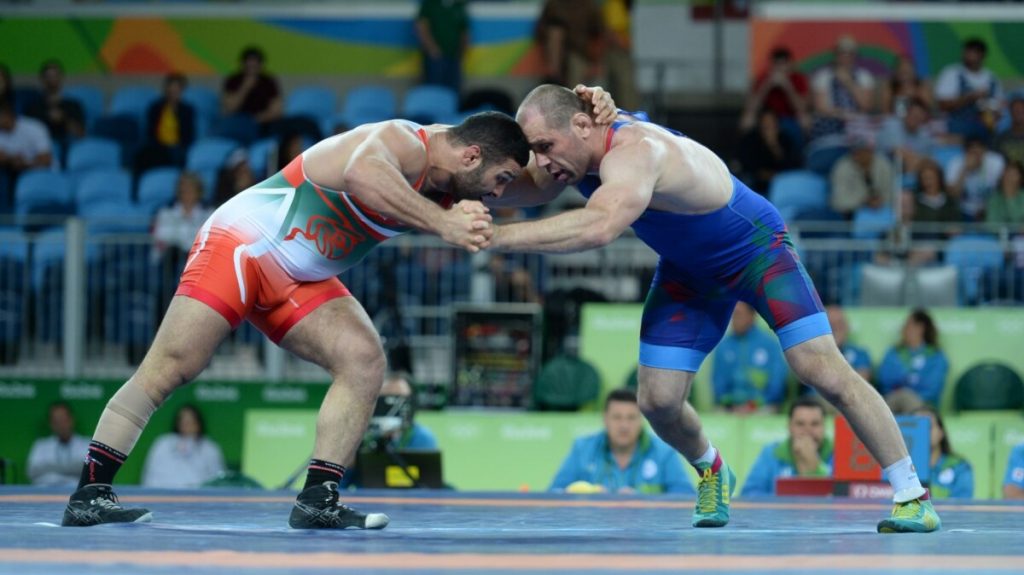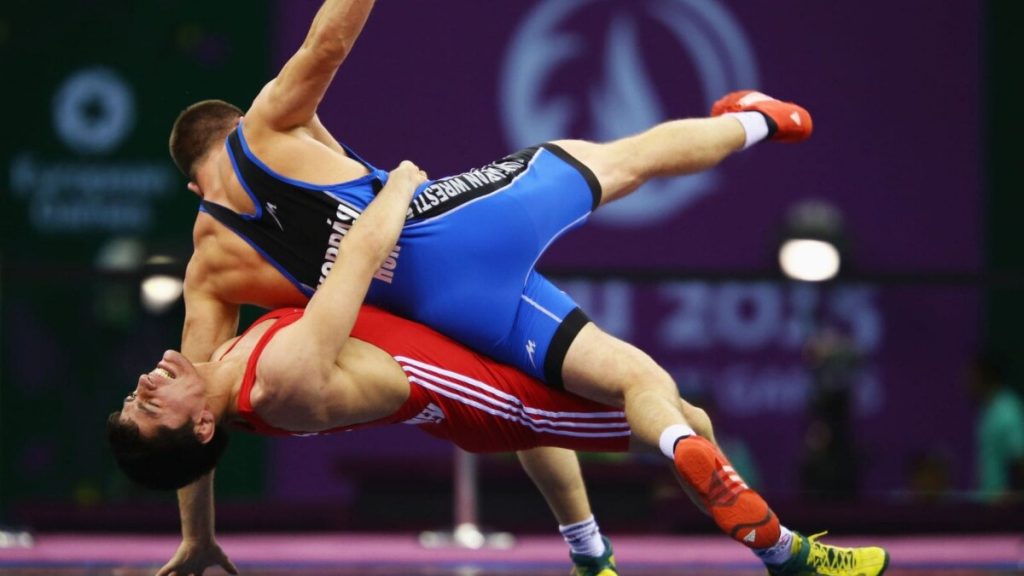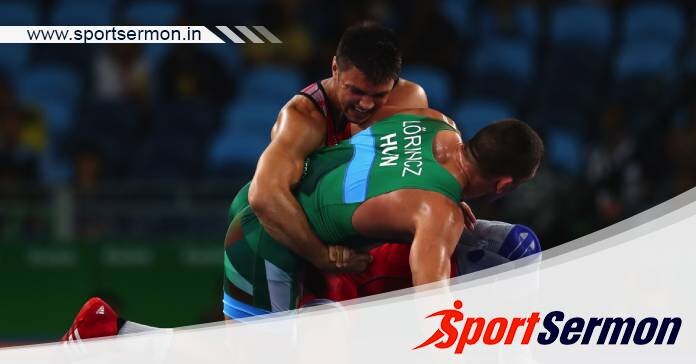Greco-Roman Wrestling: With roots around 3000 BC, Greco-Roman wrestling is among the world’s oldest sports. It was included in the ancient Olympics as early as 308 BC, and when the Olympic Games were revived in 1896, it was restored. More than ten years before freestyle wrestling was included in the Summer Games schedule, it has been a regular feature of the Olympics since 1908.
Unlike freestyle wrestling, Greco-Roman wrestling has always been a men-only competition at the Olympics. In 1896, Carl Schumann, a German, won three more events in addition to the inaugural Greco event at the Olympics.
Since then, the sport has been dominated by nations like Finland, Bulgaria, Sweden, South Korea, Japan, Turkey, Romania, and Russia.
All the Information You Need to Know About Greco-Roman Wrestling

While freestyle and Greco-Roman wrestling have many comparable rules and scoring systems, there are also some significant distinctions between the two sports. The main distinction in rules between these two well-known wrestling forms is that Greco-Roman wrestlers are not permitted to utilise their legs for either attacking or defensive purposes, nor are gripped below the waist permitted.
Greco-Roman grapplers exclusively use their upper bodies to give them an advantage on the mat. Both combatants begin a match standing, and in order to score takedowns, they must rely on throws and suplexes because they are unable to go for their opponent’s legs.
Greco-Roman and freestyle wrestling vary noticeably in that the former emphasises explosive movements to position oneself rapidly for throws, while the latter places more emphasis on fluidity and transitions.
Greco-Roman wrestling techniques that include grabbing the legs of an opponent are considered offences that do not happen in freestyle wrestling. For example, Greco-Roman wrestlers are penalised for blocking or making contact with their legs during a throw. Warnings are given when the offensive fighter fouls with his leg during the first round. A warning and one point are taken away for recurrent infractions.
When a wrestler commits a leg foul while in defence mode, they immediately receive a caution and their opponent receives two points. The guilty party loses the battle after a second infringement.
In order to get points for takedowns, Greco-Roman wrestlers must also pursue their opponents to the ground.
You might also be interested in reading this: Sambo Vs. Wrestling: What is the difference Between both?
The Greco-Roman Wrestling Rules and Scoring Structure

The basic goal of a Greco-Roman wrestling bout is to score more points than your opponent at the conclusion of the allotted time or to pin both of your opponent’s shoulders to the mat in order to win. This goal is similar to most wrestling styles that are practised globally.
A typical match consists of two halves, each lasting three minutes, with a 30-second interval in between. By performing legal takedowns, throws, locks, or holds, players can earn points. If they win by scoring a pin, they can win the match. To win right away, the pin must be kept in place long enough.
The most intricate methods, such as a grand amplitude throw that leaves your opponent exposed to the mat, can get you up to five points. The number of points granted for each technique varies depending on how tough it is. You score the most points when you use skills like picking up, tossing, and manipulating your opponent.
Reversing defensive stances and taking control of your opponent are additional ways to score points. Greco-Roman wrestlers are also awarded points for transgressions committed by their opponents that result in cautions. Greco-Roman wrestling uses cumulative scoring, which means that after two sessions, points are totalled and the competitor with the better score is crowned the victor.
In the event that the match is tied at that moment, the winner is chosen by comparing a few different performance metrics. Who used the highest level approach and received the greatest point total was the first criterion examined. The second criterion investigated was who had the fewest cautions, provided that both combatants received the same number of points for their highest-level technique. Who scored the last technical point is the next factor to be examined if both combatants incurred the same amount of warnings. At that time, that participant is proclaimed the winner.
Greco-Roman wrestlers may also win contests hands-down by dominating their opponents technically. Gaining an eight-point advantage at any time throughout a game results in victory via technical superiority. The third method to win a match straight up is if your opponent is hurt, unable to compete for any reason, or is disqualified in the middle of the battle.
Greek-Roman Wrestling’s History

The goal of modern Greco-Roman wrestling is to resemble the ancient wrestling technique that the Greeks and Romans engaged in thousands of years ago as closely as possible. Wrestlers used to lubricate themselves and engage in nude wrestling, but those days are long gone.
Numerous tactics from European folk wrestling are included in modern Greco-Roman wrestling. The origins of contemporary wrestling may be found in 1848, when a French soldier by the name of Jean Exbrayat demonstrated his prowess at fairs and gatherings, coining the term “flat-hand wrestling.” Later on, he introduced guidelines prohibiting certain practices, such as grabbing an opponent by the legs. It is thought that the change was intended to lessen the risk associated with the activity.
French wrestling was the name given to the form, and it gained popularity fast throughout Europe. French wrestling was initially referred to as “Greco-Roman wrestling” by Italian wrestler Basilio Bartoletti in order to connect it to its historical roots.
Greco-Roman competitions gained popularity in the 19th century as events took place across Europe. Some leaders, such as the Czar of Russia, even provided fighters who battled for them with large financial incentives. When the sport was reinstated in 1896, its prestige and popularity throughout Europe secured it a place at the contemporary Olympic Games.
When freestyle wrestling was originally introduced and replaced in 1900 and 1904, it was the first wrestling style to be featured in the Olympics and has been a part of the Summer Games ever since.

